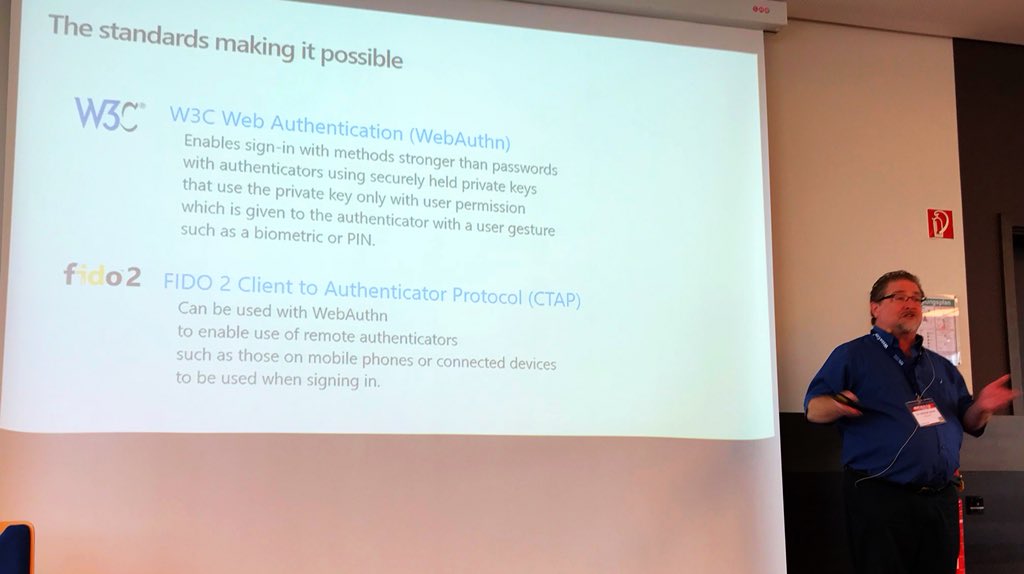 I’m pleased to report that the IETF COSE Working Group has adopted the specification “COSE and JOSE Registrations for WebAuthn Algorithms”. An abstract of what it does is:
I’m pleased to report that the IETF COSE Working Group has adopted the specification “COSE and JOSE Registrations for WebAuthn Algorithms”. An abstract of what it does is:
This specification defines how to use several algorithms with COSE [RFC8152] that are used by implementations of the W3C Web Authentication (WebAuthn) [WebAuthn] and FIDO2 Client to Authenticator Protocol (CTAP) [CTAP] specifications. These algorithms are to be registered in the IANA “COSE Algorithms” registry [IANA.COSE.Algorithms] and also in the IANA “JSON Web Signature and Encryption Algorithms” registry [IANA.JOSE.Algorithms], when not already registered there.
The algorithms registered are RSASSA-PKCS1-v1_5 with four different hash functions and signing with the secp256k1 curve. Note that there was consensus in the working group meeting not to work on registrations for the Elliptic Curve Direct Anonymous Attestation (ECDAA) algorithms “ED256” and “ED512“, both because of issues that have been raised with them and because they are not in widespread use.
The -01 version will address the review comments received on the mailing list from Jim Schaad and John Mattsson.
The specification is available at:
An HTML-formatted version is also available at:






